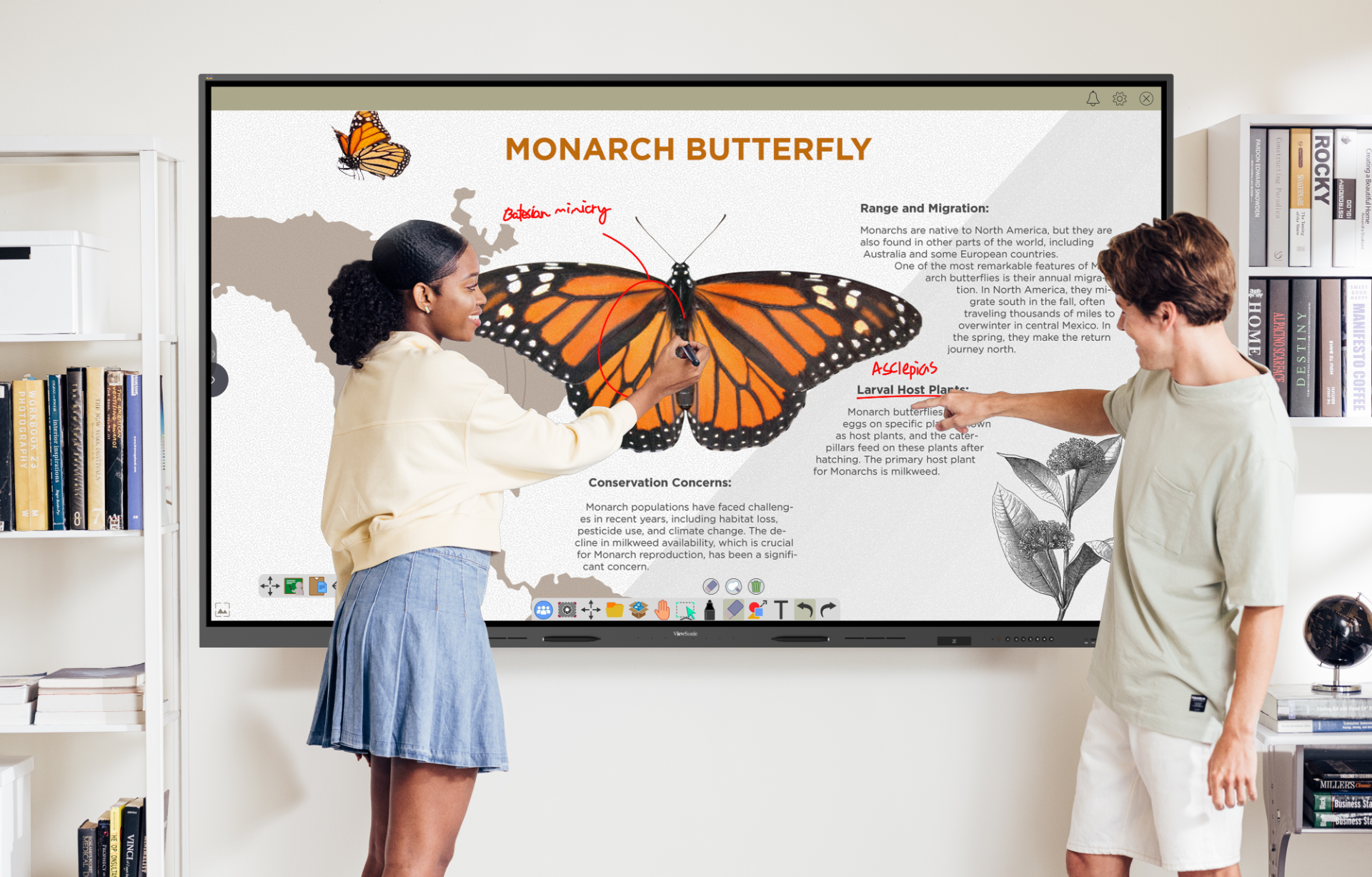
The desktop display is poised for an amazing evolution as we shift towards the Post-PC era. Virtualization, software-as-a-service (SaaS), cloud-based storage and mobile applications are all becoming predominant in today’s business world as we migrate away from the traditional desktop of yesterday. The enterprise is looking to these zero/thin client solutions to reduce business operating costs, improve productivity and instantly connect to the cloud, the Internet, virtualized environments, web-based apps (such as CRM tools, multimedia presentations or digital dictation solutions), social networks and more.
According to a Gartner forecast, global shipments of thin clients are expected to nearly double between 2011 and 2014, while spending on SaaS products is projected to grow more than 50 percent by 2015. Thin client applications can be found in government, call centers, medical offices, schools, airline ticketing and manufacturing plants to enable centrally-managed scalable solutions while lowering Total Cost of Ownership (“TCO”).
While zero and thin clients can be cost-effective alternatives to traditional desktop PCs, it is important to note that these solutions are not one-size-fits-all. For instance, certain applications may still require individual desktop PCs for processor-intensive tasks. Multimedia production applications, for example, may require a greater amount of bandwidth that would make a zero/thin client solution cost prohibitive. To help business owners determine the best computing solution for their needs and the key distinctions between the zero/thin vs. traditional desktop PC (thick client), read on for a quick comparison guide from Webopedia™.
<emZero/Thin Clients Traditional Desktop PC/Thick Client
|
|
|
|
|
|
|
|
|
|
|
|
|
|
|
|
|
|
There is a tremendous growth opportunity in zero/thin client solutions afforded by the virtualization of servers, applications and desktops. ViewSonic recognizes this market trend and continues to develop innovative new display solutions to facilitate the cloud transition while offering support of industry standard cloud-based computing protocols including Citrix, VMWare, RDP, RemoteFX and PCoIP. Through these partnerships, any of our traditional desktop displays can be transformed into a smart connected network display and multi-client solution to support businesses and organizations in their efforts to deploy secure, scalable thin client configurations. Learn more from our white paper here.
What display solutions support your individual enterprise demands? Share your experiences with us on our blog.
Corporate names and trademarks stated herein are the property of their respective companies. Copyright© 2012 ViewSonic Corporation. All rights reserved.
Footnote: Gartner’s Global SaaS Spending Report, 1H12 Update (March 2012)



Formulario de inicio de sesión y registro